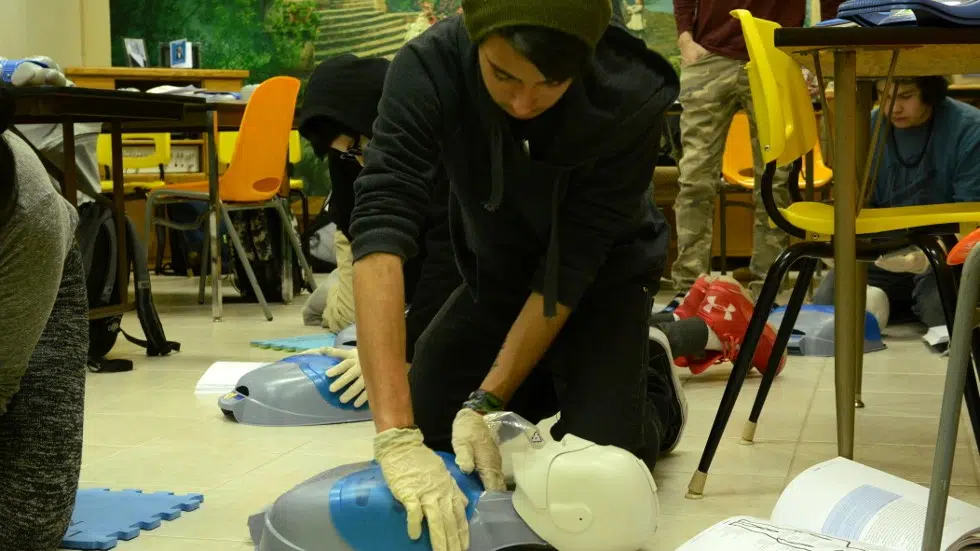
Northern youth learn water safety in P.A.
When Brianna Yew went to the beach in her home community of English River First Nation, she never gave a second thought to running into the water.
But after the 12-year-old attended a water safety course in Prince Albert this week, she said she knows now to be a bit more cautious.
“You got to check for hazards,” she said. “Now I know that. I remember getting hit by glass. I was running into the water when I was like eight years old. That’s what we always use to do.”
Brianna was one of more than 10 youth from northern communities who attended a week-long training session hosted by the Lifesaving Society Saskatchewan at Marion Aquatics. Brianna said her community has one river with a strong current but there is a lake with a beach where locals usually gather during conferences.


